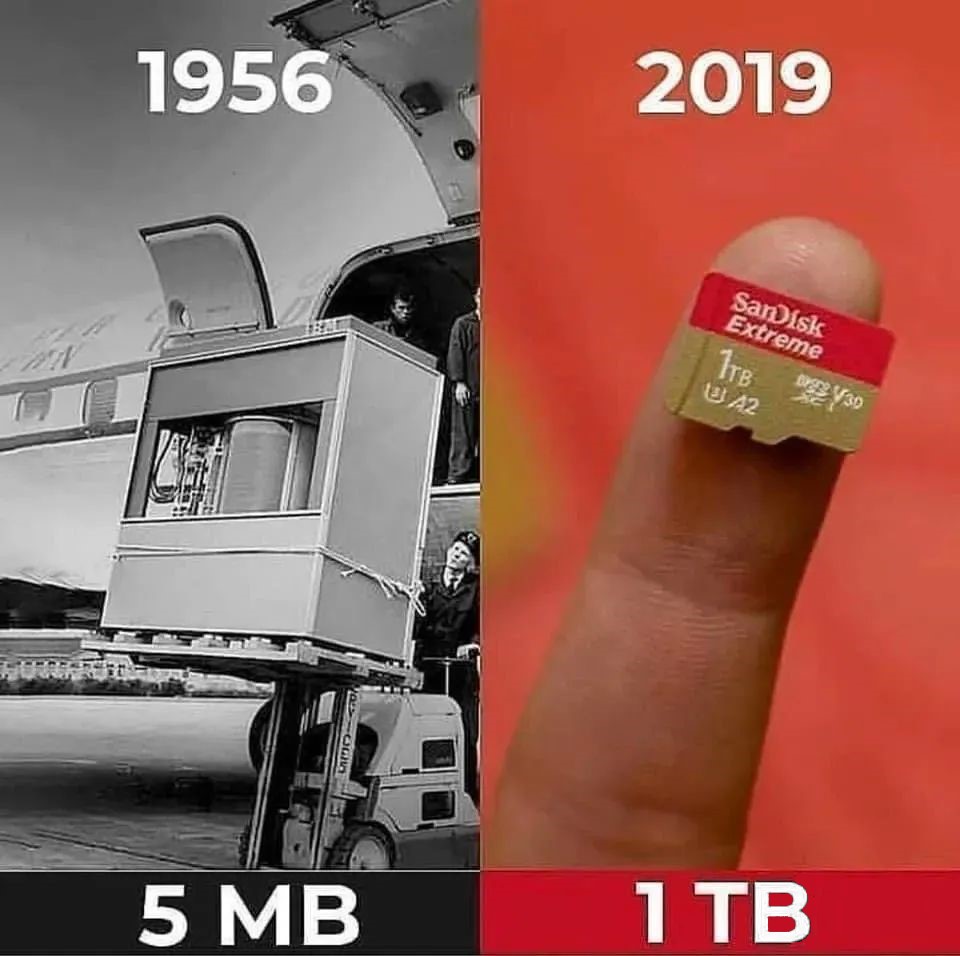Author: Winslow
During the Q&A session at the Baron Investment Conference not long ago, someone asked Elon Musk why they should invest in Tesla instead of Mercedes-Benz, which is much cheaper (note: with a much lower P/E ratio).
Without repeating Elon Musk’s answer, I want to extend on this question and provide a framework to analyze it.
What are the differences between Tesla and Mercedes-Benz? This question can be divided into three levels.
The first level is that Tesla is an electric car company and Mercedes-Benz is a fuel car company.
The core difference between electric cars and fuel cars is the source of driving energy. Electric car drives smoother but comes with a bulky battery, while fuel cars’ refueling networks are better developed at present, but smaller models have poor space utilization. It’s difficult to say which one has the upper hand on the driving energy and user experience level.
If there must be one overwhelming factor, it’s probably that various countries’ policies tend to favor electric cars, providing many preferential policies and subsidies. Coupled with the rapid development of battery technology, electric cars have rapidly penetrated the market in recent years.
Even so, electric cars are only replacing fuel cars at the end of the day. Imagine this: when you eat up the share of the others in the market competition, it’s likely that the money they should have earned goes to you instead. This is a zero-sum game, and it’s hard to explain Tesla’s huge valuation difference with Mercedes-Benz. How big is this valuation difference? Don’t forget that Tesla’s current valuation is larger than the “total” valuation of all listed car companies in the world.
The logic at the first level undoubtedly cannot explain the huge valuation difference between the two companies. To summarize simply, a company that relies solely on selling a large number of cars cannot achieve Tesla’s current valuation level, no matter how many cars it sells.
So what is the second level logic on which Tesla’s valuation relies?
The second level is that Tesla not only wants to replace fuel cars with electric ones, but also wants to become a provider of automation services in the physical world. This may be the essential difference between Tesla and Mercedes-Benz.
“The provider of automation services in the physical world” is a bit of a mouthful, so let’s try to understand it differently.
Think of the assembly workers on a factory’s assembly line. They work 8 hours a day. If the factory wants to operate 24 hours a day, it needs to hire more workers to work in shifts. But using a set of mechanical assembly lines to replace all workers can achieve 24-hour uninterrupted work. The logic behind this substitution is how much the annual depreciation cost (and maintenance cost) of a set of mechanical assembly lines compares to the annual salary (and related expenses of workers). If I tell you that this mechanical assembly line costs almost nothing, you might vaguely feel like a pie is falling from the sky. How is this possible?But this is almost what Tesla is doing – the “physical world’s automation service provider”, removing expensive “workers” and replacing them with almost cost-free “mechanical assembly lines” – removing drivers and letting electric vehicles drive themselves.
Most of the time, cars are only driven for 2 hours a day, and the remaining 22 hours are either parked in residential or company parking lots, with actual usage rates of less than 10%. Now, cars can drive themselves, dramatically increasing their utilization rates. If they can be shared as operational vehicles, utilization rates can increase by 5 times or even more.
With the same product and cost, dramatically increasing the utilization rate will also increase its value. The company’s valuation is positively correlated with the value it can provide, which is not difficult to understand.
The next question at the third level is why can’t Mercedes-Benz or other car companies achieve the second level of logic? Personally, I think any company can achieve this, but these companies need to do two things right.
First, the car must be able to sell, and the product itself must be competitive enough. There must be enough cars on the road.
Second, the sold car retains the possibility of universal self-driving in terms of software and hardware architecture. Selling more cars is to have more potential autonomous driving terminals on the road, to collect more and wider data to achieve the ultimate goal of self-driving.
Therefore, companies that have sold many cars but do not consider self-driving as their goal, or companies that have considered self-driving from the beginning but have not sold many cars, are all unlikely to achieve the second level of logic. If you cannot achieve the second level of logic, at most, you will become the second Mercedes-Benz, not the second Tesla. Then, the valuation logic should be different.
Tesla has already succeeded in selling cars through the narrow gate. Autonomous driving is the second narrow gate that Tesla must pass through, and it must make every effort to overcome it.
This article is a translation by ChatGPT of a Chinese report from 42HOW. If you have any questions about it, please email bd@42how.com.
